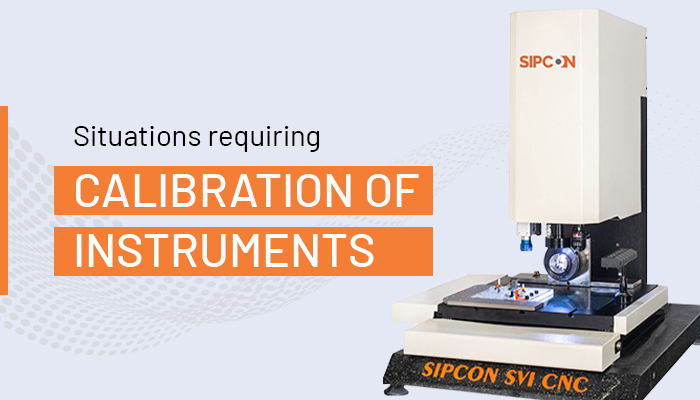Situations requiring calibration of instruments
IATF 16949:2016, the international quality management system standard for the automotive industry, requires organizations to establish and maintain documented procedures for the calibration of inspection, measuring, and test equipment. While the standard does not explicitly list specific conditions, there are several situations where calibration should be performed or re-evaluated:
1. Initial Calibration: When a new instrument is acquired or an existing instrument has been serviced or repaired, it should be calibrated before being put into use.
2. Periodic Calibration: The organization should define calibration intervals based on factors such as manufacturer’s recommendations, instrument usage, environmental conditions, and historical calibration data. Regular calibration helps ensure the ongoing accuracy and reliability of the instrument.
3. Change in Environmental Conditions: If the instrument has been exposed to significant changes in temperature, humidity, or other environmental factors that may affect its accuracy, calibration should be re-evaluated.
4. After a Shock or Vibration: If the instrument has been subjected to shock, vibration, or other physical stresses that could impact its accuracy, it should be checked and calibrated if necessary.
5. After an Instrument Failure or Malfunction: If the instrument shows signs of failure or malfunction, it should be checked and calibrated before being put back into service.
6. When Measurement Results are Questionable: If measurement results are inconsistent, inaccurate, or not meeting expectations, the instrument should be checked and calibrated if necessary.
7. Change in Measurement Process or Specification: If there is a significant change in the measurement process or the instrument’s intended use, the calibration should be re-evaluated to ensure it remains accurate and suitable for the new requirements.
8. As per IATF 16949:2016 Requirements: The organization should adhere to any additional calibration requirements specified in IATF 16949:2016, customer-specific requirements, or applicable industry standards.
Organizations should also maintain records of calibration activities and equipment status to ensure traceability and demonstrate compliance with IATF 16949:2016. Regular calibration and equipment maintenance should be part of the organization’s quality management system to ensure accurate and reliable measurements.




